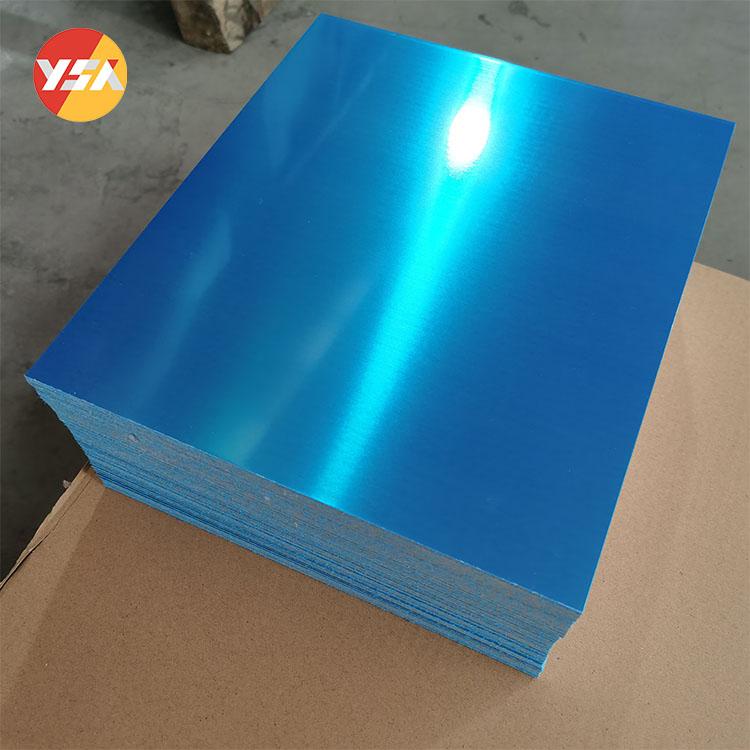Overview:
5052 aluminum sheet is a popular alloy in the 5000 series, known for its excellent corrosion resistance, particularly in marine environments. It is one of the most commonly used non-heat-treatable aluminum alloys, offering a good balance of strength, formability, and weldability.
Chemical Composition:
The primary alloying elements in 5052 aluminum are:
-
Magnesium (Mg): 2.2-2.8%
-
Chromium (Cr): 0.15-0.35%
-
Iron (Fe): ≤ 0.40%
-
Silicon (Si): ≤ 0.25%
-
Copper (Cu): ≤ 0.10%
-
Manganese (Mn): ≤ 0.10%
-
Zinc (Zn): ≤ 0.10%
-
Aluminum (Al): Balance
Properties:
-
Corrosion Resistance:
-
Excellent resistance to corrosion, especially in marine and saltwater environments.
-
Resistant to industrial chemicals and atmospheric conditions.
-
-
Strength:
-
Moderate strength, higher than 3003 aluminum.
-
Not heat-treatable, but can be work-hardened to increase strength.
-
-
Formability:
-
Good formability, making it suitable for various fabrication processes.
-
Can be easily bent, shaped, and formed without cracking.
-
-
Weldability:
-
Excellent weldability using conventional welding methods.
-
Suitable for both gas and arc welding.
-
-
Machinability:
-
Fair machinability, but not as good as 2000 or 6000 series alloys.
-
Requires proper tools and techniques for effective machining.
-
-
Surface Finish:
-
Can be easily anodized or painted for enhanced appearance and additional protection.
-
Applications:
5052 aluminum sheets are widely used in various industries due to their versatile properties. Common applications include:
-
Marine: Boat hulls, gangways, and other marine components.
-
Automotive: Fuel tanks, panels, and other structural parts.
-
Construction: Roofing, wall panels, and architectural elements.
-
Electronics: Chassis, enclosures, and other components.
-
General Fabrication: Tanks, pressure vessels, and other fabricated parts.
Available Tempers:
5052 aluminum sheets are available in different tempers to suit various applications:
-
H32: Strain-hardened and stabilized, offering a good balance of strength and formability.
-
H34: Further strain-hardened for higher strength.
-
H36: Even higher strength, suitable for more demanding applications.
-
H38: Maximum strength achievable through strain-hardening.
Advantages:
-
High corrosion resistance.
-
Good strength-to-weight ratio.
-
Excellent formability and weldability.
-
Suitable for marine and industrial environments.
Disadvantages:
-
Lower strength compared to heat-treatable alloys like 6061.
-
Limited machinability compared to other aluminum alloys.
Conclusion:
5052 aluminum sheet is a versatile and reliable material choice for applications requiring good corrosion resistance, moderate strength, and excellent formability. Its wide range of applications and availability in various tempers make it a popular choice in many industries.

